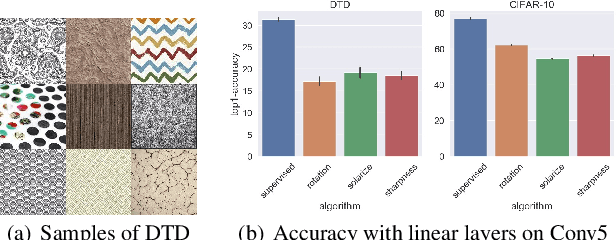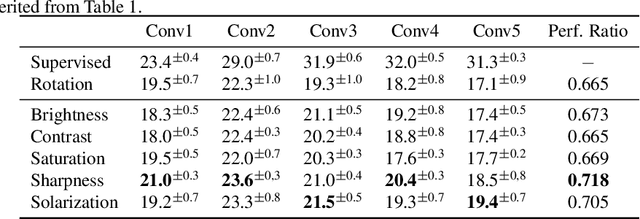Shoichiro Takeda
Optimal Transport with Cyclic Symmetry
Nov 22, 2023


Abstract:We propose novel fast algorithms for optimal transport (OT) utilizing a cyclic symmetry structure of input data. Such OT with cyclic symmetry appears universally in various real-world examples: image processing, urban planning, and graph processing. Our main idea is to reduce OT to a small optimization problem that has significantly fewer variables by utilizing cyclic symmetry and various optimization techniques. On the basis of this reduction, our algorithms solve the small optimization problem instead of the original OT. As a result, our algorithms obtain the optimal solution and the objective function value of the original OT faster than solving the original OT directly. In this paper, our focus is on two crucial OT formulations: the linear programming OT (LOT) and the strongly convex-regularized OT, which includes the well-known entropy-regularized OT (EROT). Experiments show the effectiveness of our algorithms for LOT and EROT in synthetic/real-world data that has a strict/approximate cyclic symmetry structure. Through theoretical and experimental results, this paper successfully introduces the concept of symmetry into the OT research field for the first time.
Adversarial Finetuning with Latent Representation Constraint to Mitigate Accuracy-Robustness Tradeoff
Aug 31, 2023



Abstract:This paper addresses the tradeoff between standard accuracy on clean examples and robustness against adversarial examples in deep neural networks (DNNs). Although adversarial training (AT) improves robustness, it degrades the standard accuracy, thus yielding the tradeoff. To mitigate this tradeoff, we propose a novel AT method called ARREST, which comprises three components: (i) adversarial finetuning (AFT), (ii) representation-guided knowledge distillation (RGKD), and (iii) noisy replay (NR). AFT trains a DNN on adversarial examples by initializing its parameters with a DNN that is standardly pretrained on clean examples. RGKD and NR respectively entail a regularization term and an algorithm to preserve latent representations of clean examples during AFT. RGKD penalizes the distance between the representations of the standardly pretrained and AFT DNNs. NR switches input adversarial examples to nonadversarial ones when the representation changes significantly during AFT. By combining these components, ARREST achieves both high standard accuracy and robustness. Experimental results demonstrate that ARREST mitigates the tradeoff more effectively than previous AT-based methods do.
Multiple Pretext-Task for Self-Supervised Learning via Mixing Multiple Image Transformations
Dec 25, 2019



Abstract:Self-supervised learning is one of the most promising approaches to learn representations capturing semantic features in images without any manual annotation cost. To learn useful representations, a self-supervised model solves a pretext-task, which is defined by data itself. Among a number of pretext-tasks, the rotation prediction task (Rotation) achieves better representations for solving various target tasks despite its simplicity of the implementation. However, we found that Rotation can fail to capture semantic features related to image textures and colors. To tackle this problem, we introduce a learning technique called multiple pretext-task for self-supervised learning (MP-SSL), which solves multiple pretext-task in addition to Rotation simultaneously. In order to capture features of textures and colors, we employ the transformations of image enhancements (e.g., sharpening and solarizing) as the additional pretext-tasks. MP-SSL efficiently trains a model by leveraging a Frank-Wolfe based multi-task training algorithm. Our experimental results show MP-SSL models outperform Rotation on multiple standard benchmarks and achieve state-of-the-art performance on Places-205.
 Add to Chrome
Add to Chrome Add to Firefox
Add to Firefox Add to Edge
Add to Edge